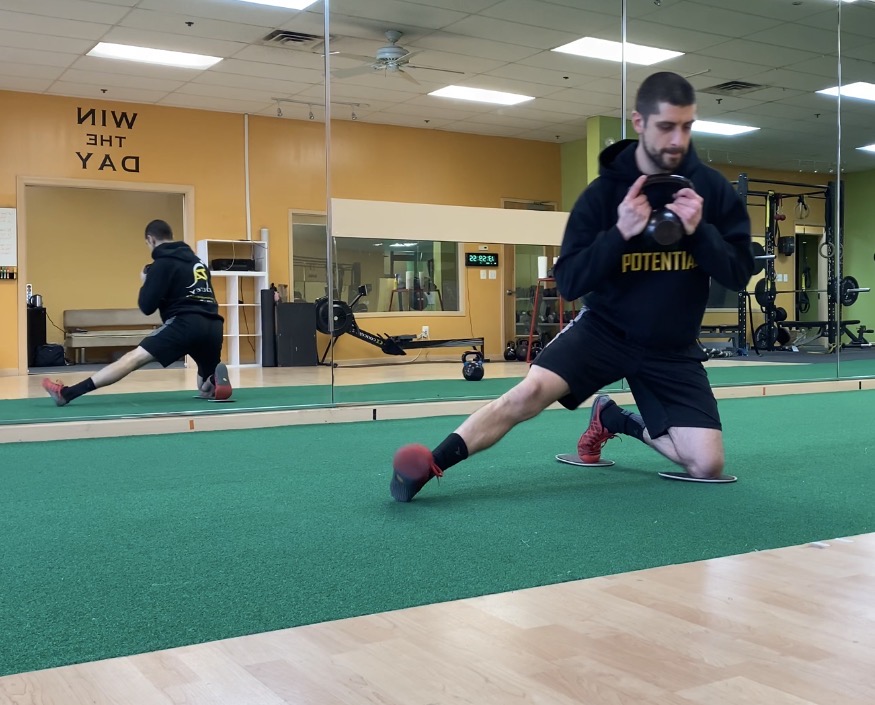As we stated in our last article the transition to barefoot shoes should be gradual! Many people have movement pattern issues that need to be addressed prior to making the transition. This will reduce the risk of injury and keep you moving toward your goals!
Common Movement Pattern Issues
Tight Ankles
This is one of the most common movement issues we see. Tightness in your ankles is typically from over-active calves and an under-active anterior tibialis (shin muscle). This will greatly reduce your dorsiflexion (your ankle bending forward).
Weak Hips
Weakness in your hips typically leads to your knees collapsing in and aids in your arches collapsing as well. This will come from weakness in your hip abductors and over-activity in the adductors.
Flat/Weak Arches
Almost everyone nowadays has flat feet. No matter if you’re born with it or have developed them over the years they can be strengthened! Just like any other dysfunction in the body it is a muscle imbalance of tight muscles and weak muscles. The right exercises can help bring balance back to your arch.
Tight Big Toe
When your range of motion (especially extension) in your big toe is reduced it will kill your balance and reduce your power when pushing off your foot. This is usually caused by your shoes squishing all your toes together. This not only causes bunions but will also greatly reduce the function of your big toe.
How To Improve Ankle Mobility
How To Improve Hip Stability
How To Improve Arch Stability
How To Improve Big Toe Extension
These exercises are a great start to increasing your mobility and stability. Once these exercises have been mastered, next you can transition to barefoot shoes in your daily activities. Start with walking, then progress to light jogging and eventually running. The transition should be slow!! Depending on the person this could take up to 6 months for a full and strong transition. Unsure if you’re ready for the transition? A movement specialist can assess you and ensure a proper program is established!
Written By:
Robert Jost
NSCA-CPT, ACE-CPT
Suggested Article:
Permanent Link: Could Your Shoes Be The Cause of Foot Dysfunction and Decreased Performance?
Take action… Now!
Training Aspects Personal Training and Sports Performance:
Visit us:
Inside of the Flyers Training Center
601 Laurel Oak Rd.
Voorhees, NJ 08043



